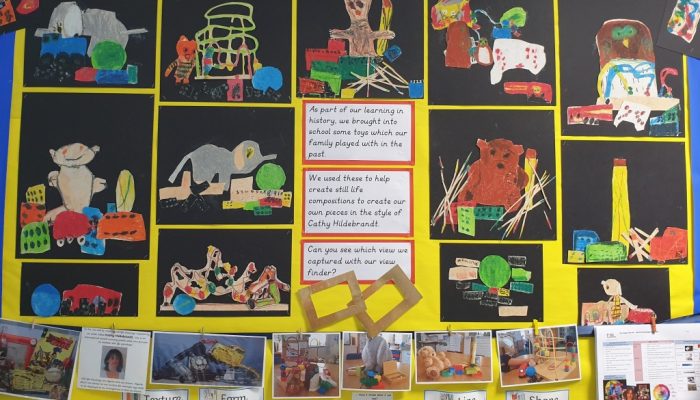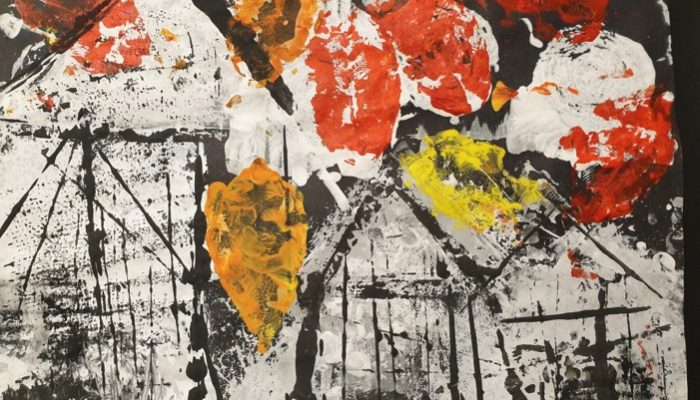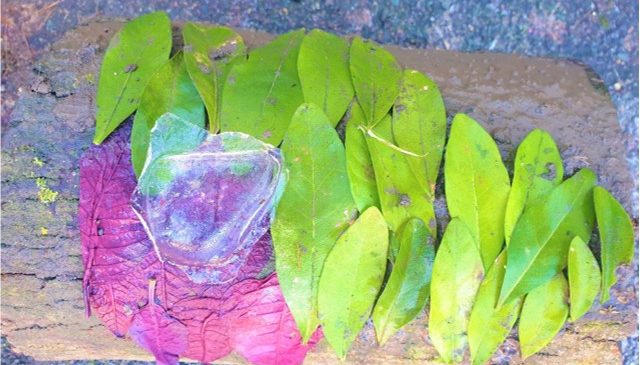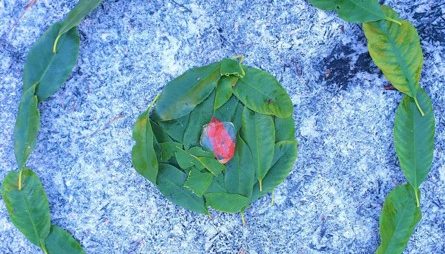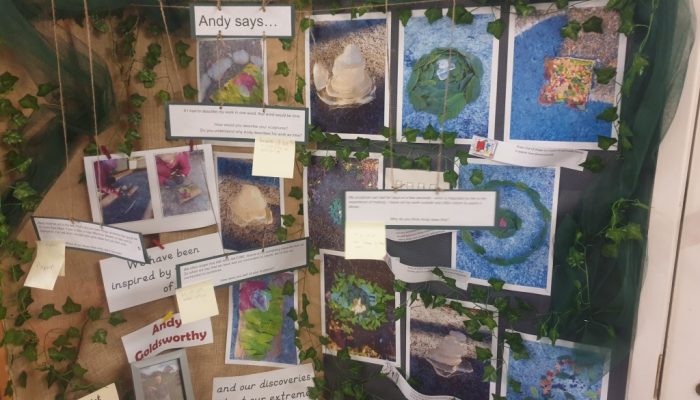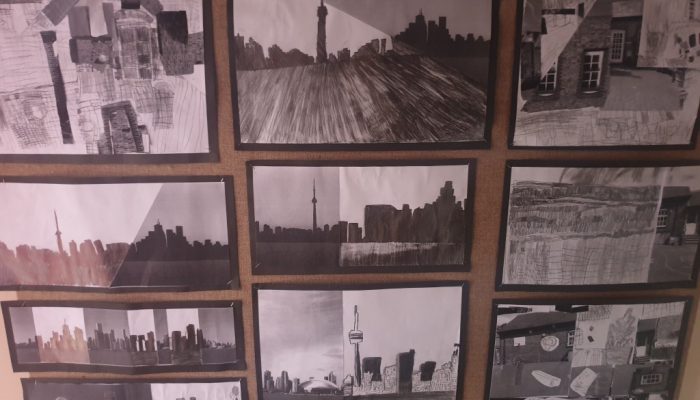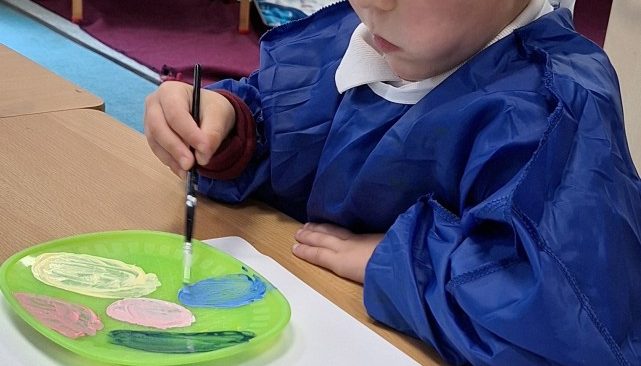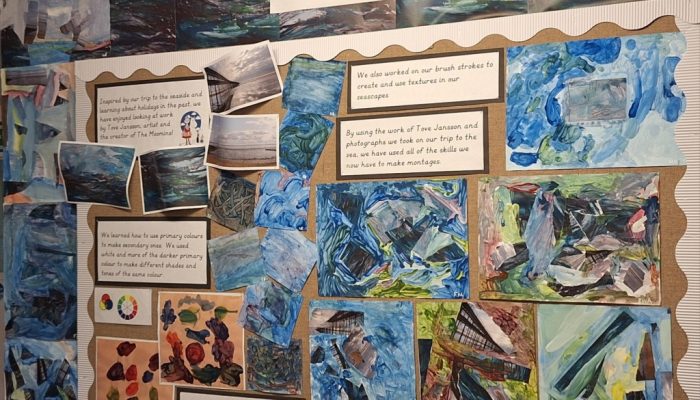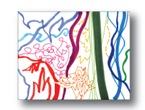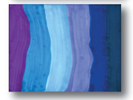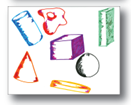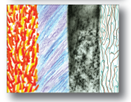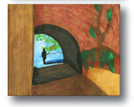Intent
At Reed First School, we value Art and Design as an important part of the children’s broad and balanced curriculum. Art and Design provides the children with the opportunities to express their individual interests, thought and ideas while helping them to explore new knowledge across the curriculum.
We believe that a high-quality art and design education should engage, inspire and challenge pupils, equipping them with the knowledge and skills to experiment, invent and create their own works of art, craft and design. As pupils progress, they should be able to think critically and develop a more rigorous understanding of art and design. They should also know how art and design both reflect and shape our history, and contribute to the culture, creativity and wealth of our nation.
During each academic year, our planning ensures that the children have opportunities to engage in a variety of art forms. Art is taught in a cross curricular way through Topics. In the Early Years, art is taught through Expressive arts and design which is one of the seven areas of the early years foundation stage and is used to develop a child’s imagination, creativity and their ability to use media and materials. Children do this in range of ways including singing songs and making music, dancing, playing with colours, textures and design. All these approaches to expressive arts help children to represent and understand their own feelings and ideas.
In Key Stage One and Two we state which elements and mediums of art are being taught and applied and its inspiration. We ensure that a range of elements and mediums are used through the year. The subject leader will ensure a range of elements and mediums through the school by monitoring planning and outcomes. Our long term plans also specify where artists, designers and architects are studied.
| Elements | Mediums | Inspiration |
| Line | Painting | Artist |
| Shape | Drawing | Designer |
| Colour | Photography and Montage | Architect |
| Form | Collage | Environment |
| Texture | Clay | Culture |
| Space | Sculpture | |
| Printing | ||
| Environmental | ||
| Textiles | ||
| Computing | ||
- Art policy (678.58KB)
- Art Curriculum map (912.60KB)
Elements of Art
These are the basic elements that are used by Artists in creating Art; they are what you use to create an aesthetically pleasing work. When we make Art, we need to understand and apply these seven Elements of Art.


